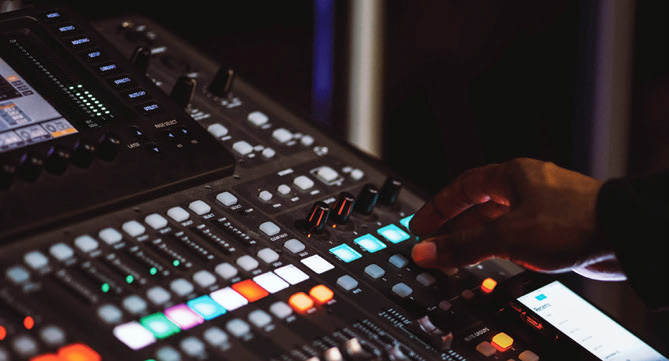Community, Leadership, Experimentation, Diversity, & Education
Pittsburgh Arts, Regional Theatre, New Work, Producing, Copyright, Labor Unions,
New Products, Coping Skills, J-O-Bs...
Theatre industry news, University & School of Drama Announcements, plus occasional course support for
Carnegie Mellon School of Drama Faculty, Staff, Students, and Alumni.
CMU School of Drama
Monday, October 28, 2024
Mixbusters: Identifying And Eradicating Audio Mishaps – Before They Happen
ProSoundWeb: We like to focus on the “do’s” when helping students build a better live music mix, but maybe a quick review of the “don’ts” isn’t such a bad idea. Solid, fundamental practices like good gain structure and proper use of EQ and dynamics are crucial in constructing a mix from the ground up, but what often derails our best intentions are “add-ons.”
Subscribe to:
Post Comments (Atom)

3 comments:
This article takes the time to recognize that not everyone knows the “don’ts” of an industry and wants to highlight the aspects that are important to consider when mixing shows or mics. Hearing about how an active live sound engineer does his work is super fascinating to me because I want to learn as much about sound as I can before declaration. What’s more, I’ve learned about some of the things that he talks about in Stagecraft I, which highlights the material we are learning here and is useful even to a seasoned sound engineer of 35 years. Things like polarity switch, input delay, and mic type are all things I have touched on, so seeing rea world application is super gratifying and inspires me to continue learning all that I can from my classes in the next few years. Overall, I love reading about tips and tricks for sound mixing and hearing how working professions tackle problems that come up for everyone.
This article is incredibly useful, and highlights one of my biggest fears working with sound. With the amount of things I don't know about sound outweighing the things I do, it is very difficult for me to attempt higher level tricks without completely fing up my mix. It took me a while to get the hang of a lowpass filter and a single band compressor (still not a pro at either), and a lot of the more complicated ideas sound, in theory, really cool, but are really hard to execute if you've never successfully made them work. This article opened up some new doors of things I can try.
I've never been skilled enough to understand when to use the polarity switch, but the scenario with the two drum mics makes a ton of sense!
When I first working sound, I had only used analog boards, and hadn't even really thought of the existence of a digital board. About 2-3 years in, when I moved high schools and started learning how to use the digital board, my entire view of sound mixing changed. I had to change the way I mixed completely. Some of the stuff was made easier and some was made harder. Plug-ins were one of the things that made parts of my life easier and parts of it harder. I was wary of them at first because I knew I would be prone to getting excited and overusing them, so I used them sparingly. This article talking about a few of the plug-ins and appropriate times to use them is really helpful in demystifying the world of digital boards, and I feel like I was able to take away some valuable advice. Especially with compressors.
Post a Comment